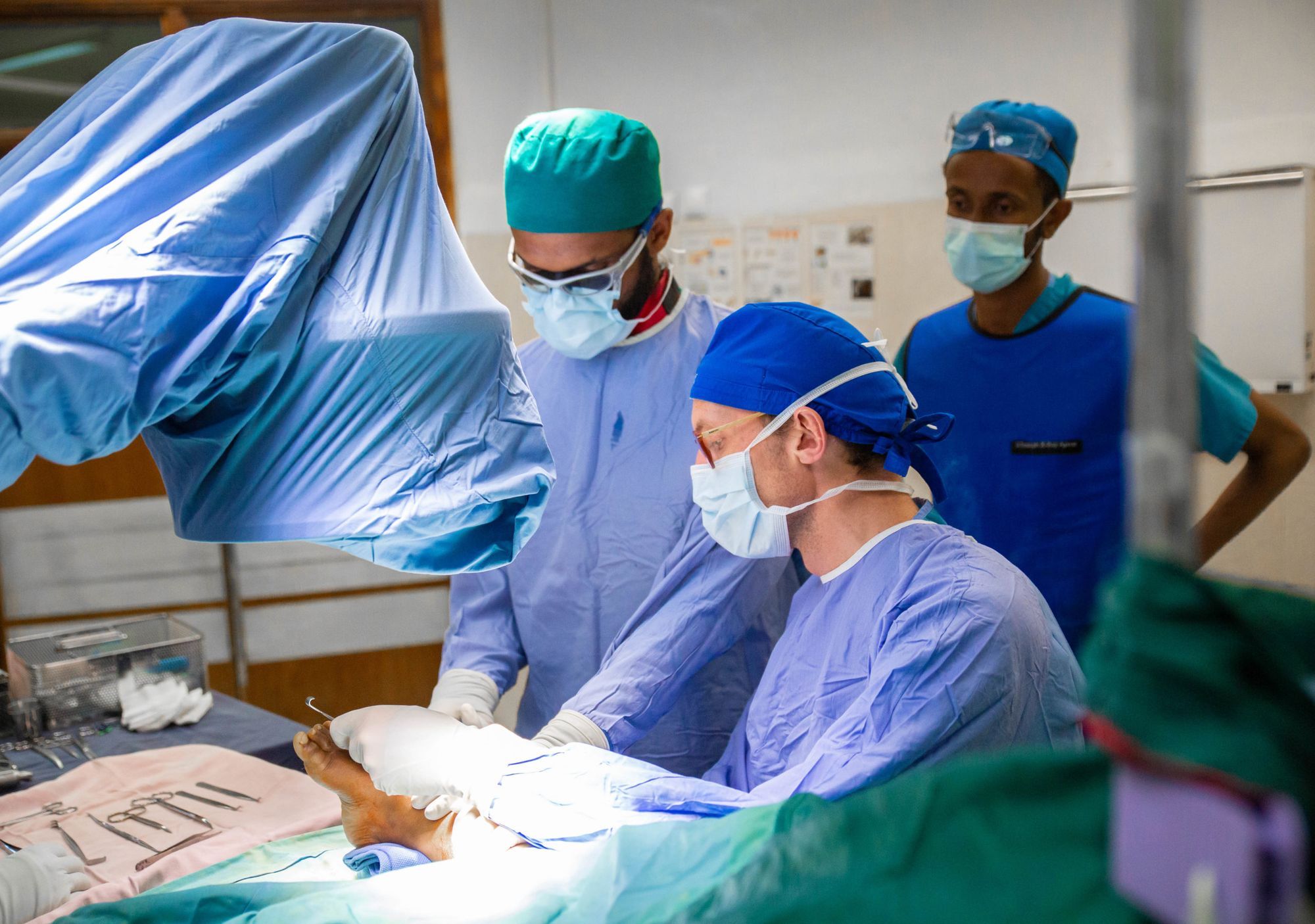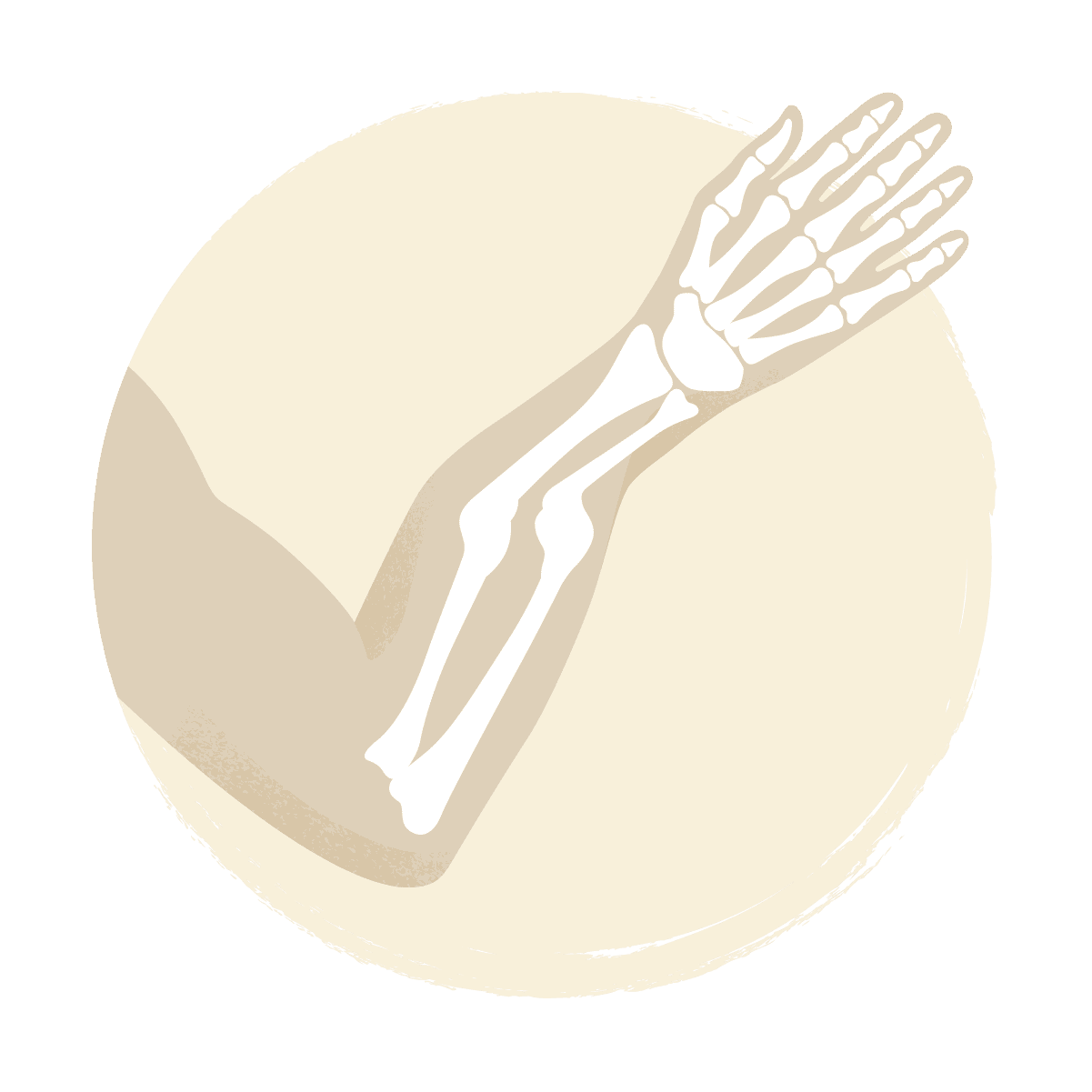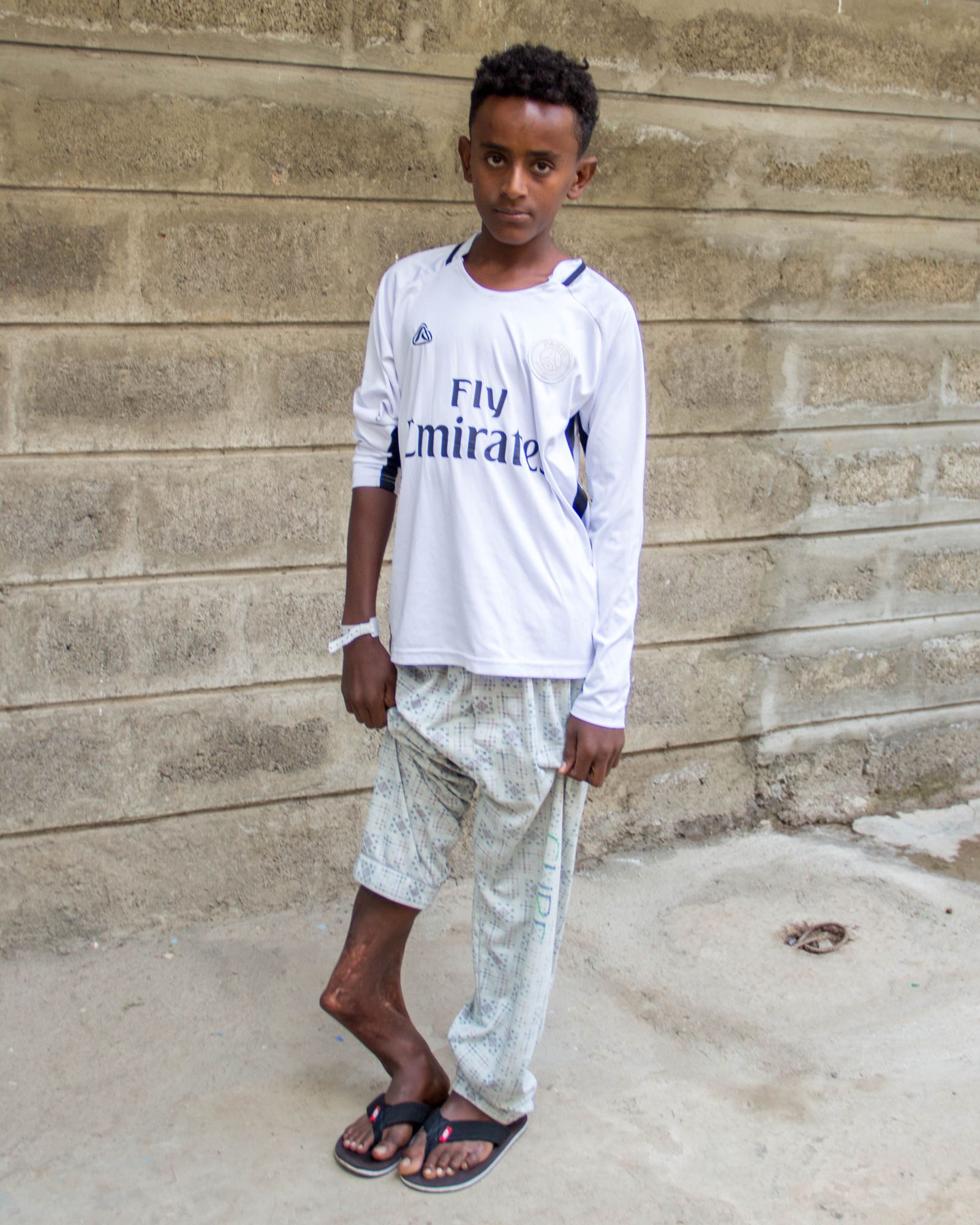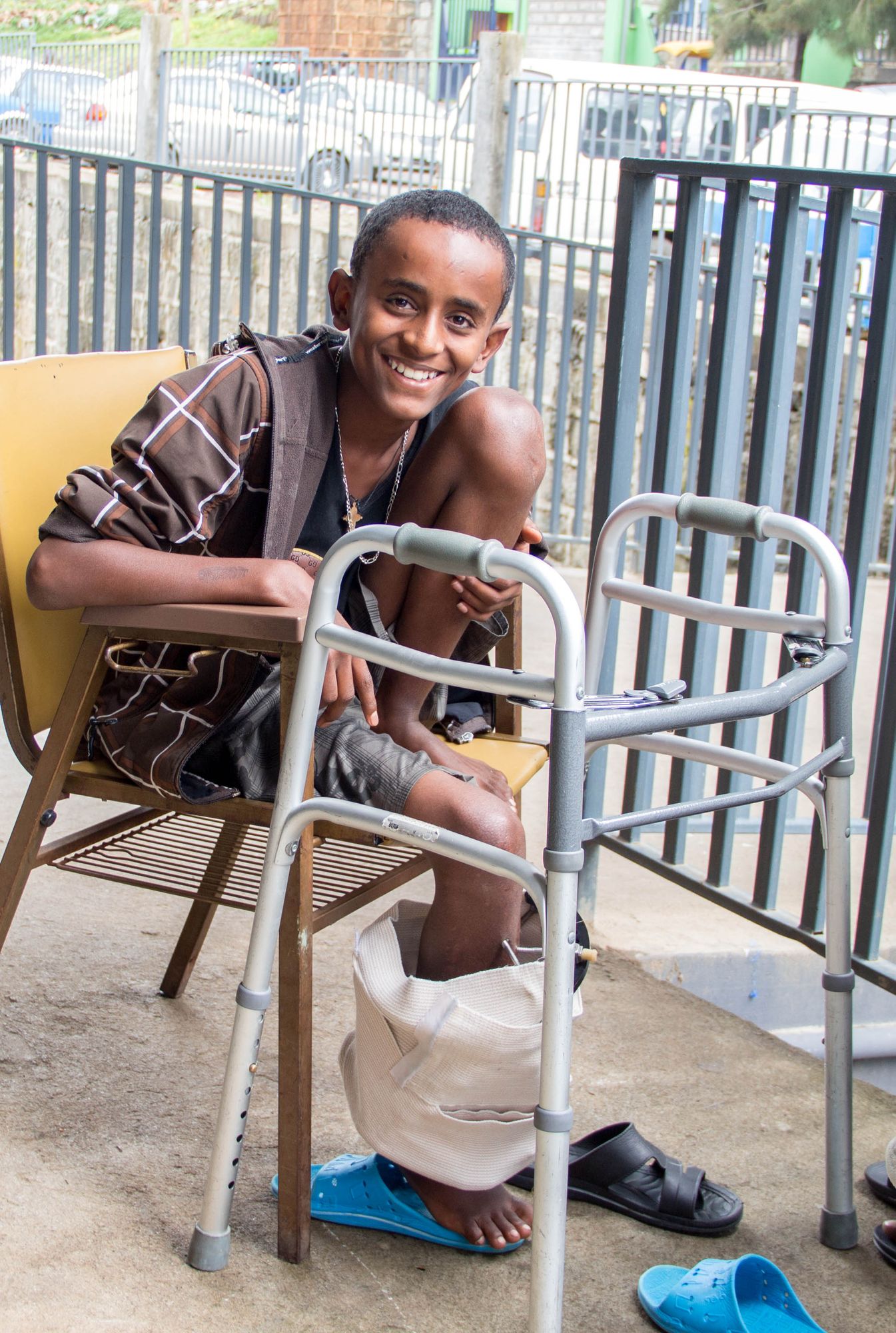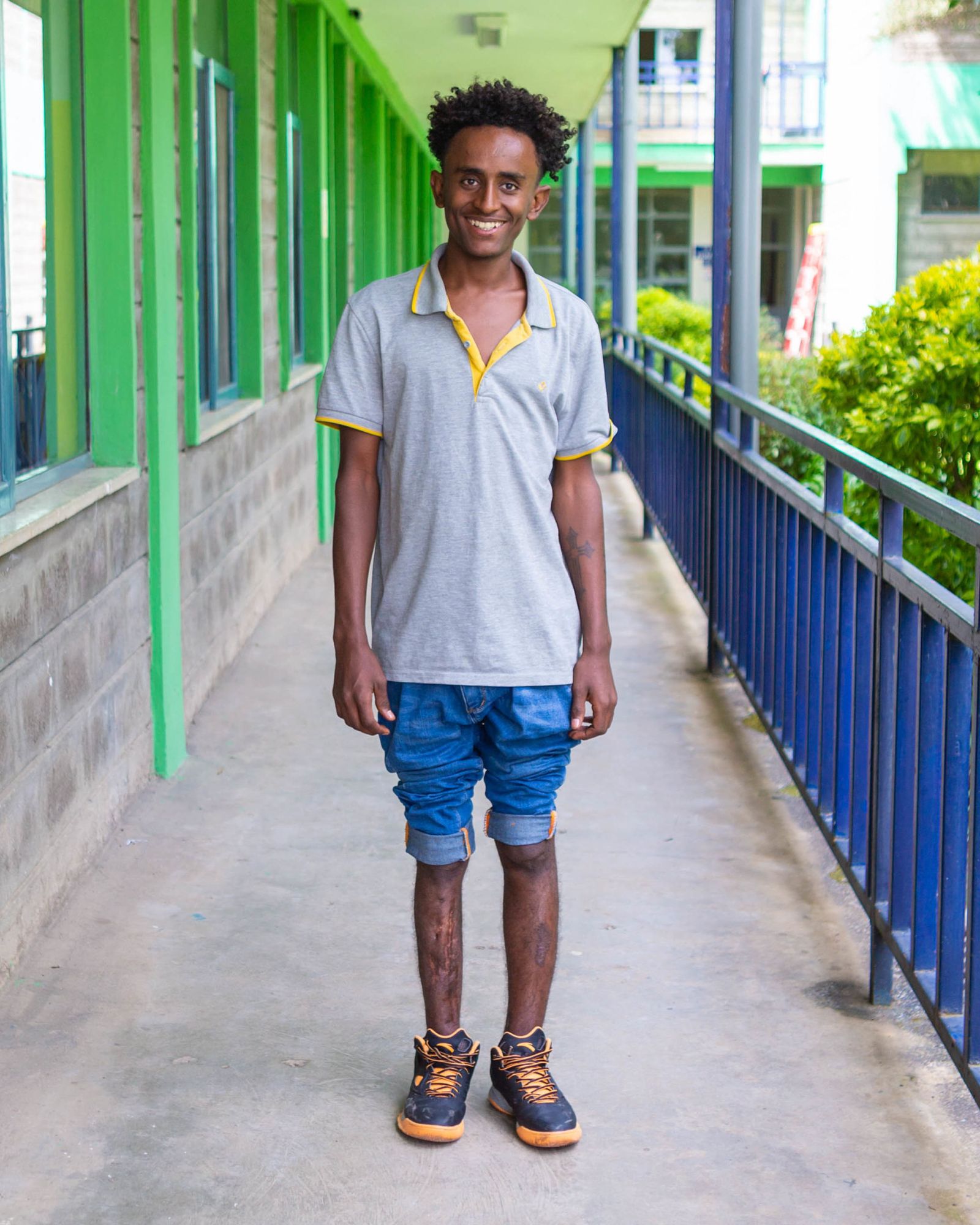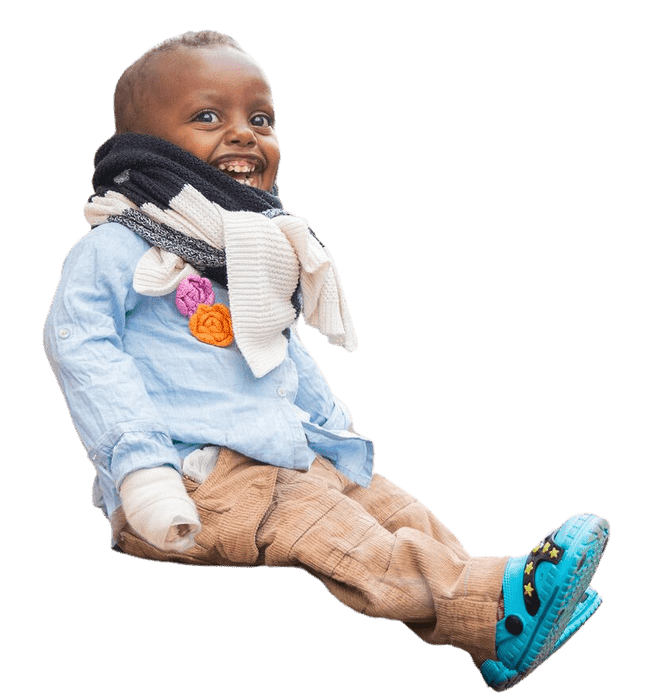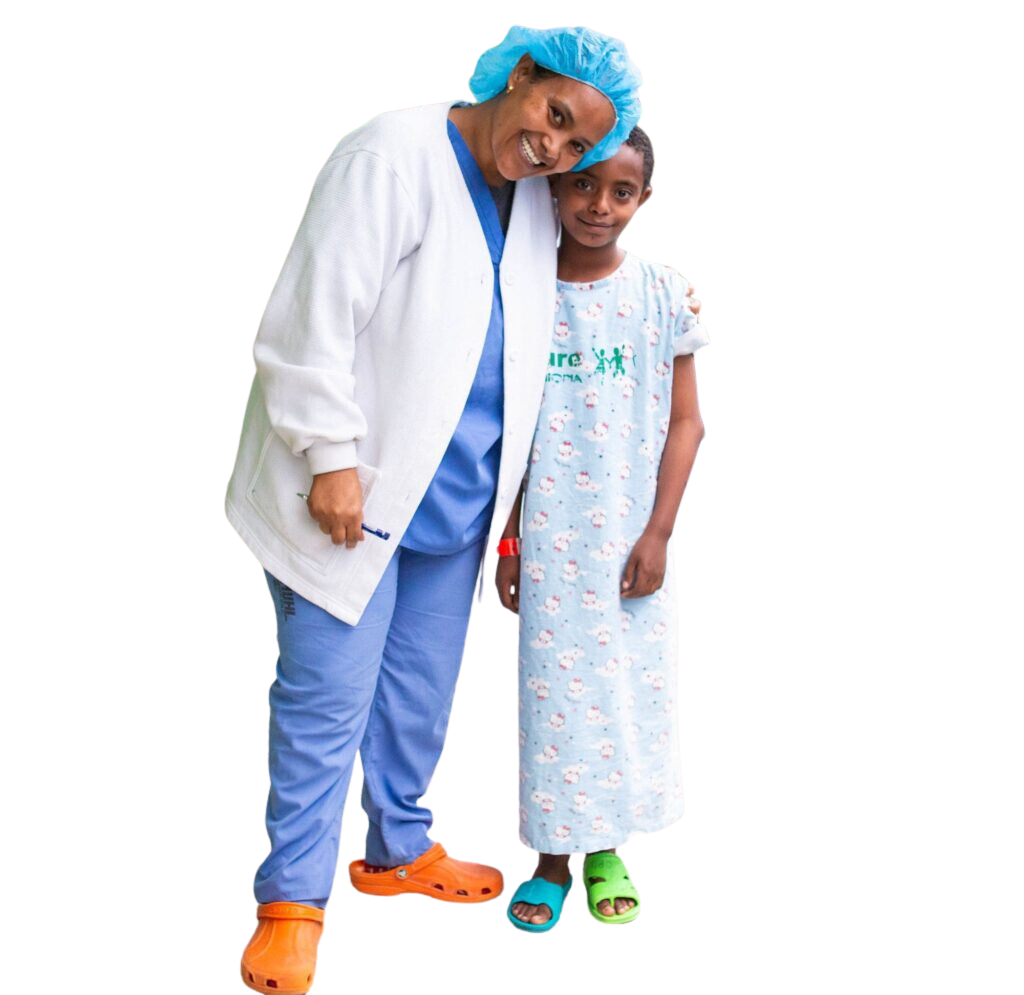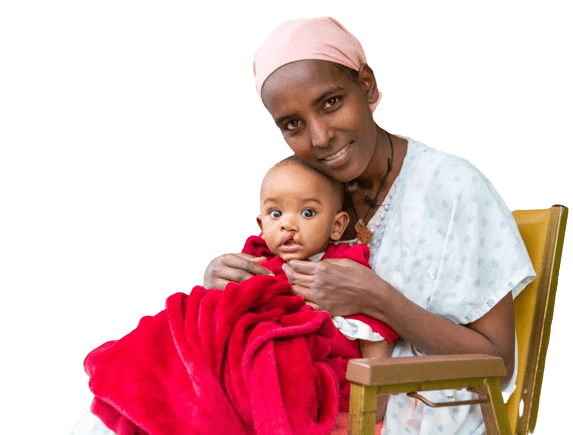What issues do children with untreated trauma face?
PAIN
Untreated broken bones are often painful.
DISCRIMINATION
Children with untreated broken bones are often left out of activities and vulnerable to bullying and exclusion.
LIMITED MOBILITY
Children may lose functionality in the affected area, limiting their ability to move independently, attend school, or do everyday tasks and activities.
How does surgery change a child’s life?
- When broken bones are fixed, children can grow normally.
- Improved mobility means children can walk, play, go to school–and dream for the future.
- Children can grow and thrive when the stigma of a disability is removed.
